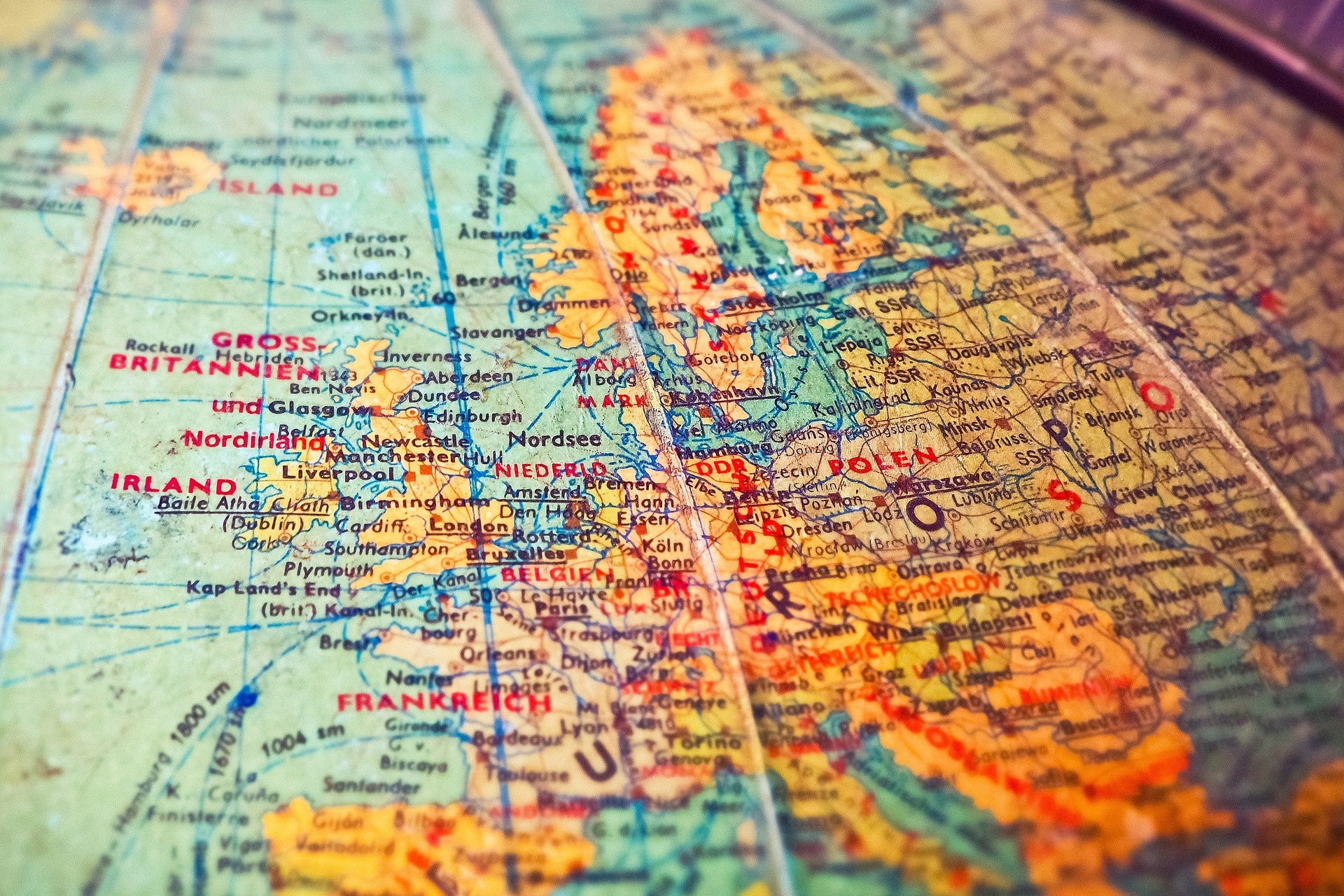"A Leap into the Future: The Rise of Holographic Technology"
Introduction: Get ready to step into the world of interactive holographic technology, where virtual objects are brought to life in 3D space. It's an emerging tech trend that's set to redefine how we interact with digital platforms. Holography is a technique that records and reproduces a complete 3D image of an object. The concept isn't new—it dates back to 1947 when Dennis Gabor, a British-Hungarian scientist, began his pioneering work on holography for which he won the Nobel Prize in Physics in 1971. However, it wasn't until lasers were invented in the 60s that holography became practically feasible. Throughout the years, holographic technology has evolved, shifting from static images to dynamic and interactive ones.

The Current State of Holographic Tech
While holograms have long been a staple of science fiction, they’re fast becoming a reality in the 21st century. The application of holographic technology has extended to various sectors, from entertainment and gaming to medicine and communication. The recent surge in the use of augmented reality (AR) and mixed reality (MR) platforms has further fueled interest in holography.
Market Impact and Price Range
The global holography market is projected to grow exponentially in the near future. According to Market Research Future, the market is expected to reach nearly $5 billion by 2023, growing at a CAGR of 30% during the forecast period. As for the price range, it varies depending on the complexity of the technology. Basic holographic systems can cost a few thousand dollars, while more advanced systems can run into the tens of thousands.
Holography in Action: The Microsoft Hololens
A remarkable example of modern holographic technology is the Microsoft Hololens. It’s a mixed reality headset that projects holograms into the wearer’s field of vision, creating an interactive 3D environment. The Hololens can be used for various applications, from playing video games to designing 3D models to simulating medical procedures.
The Future of Holography
There’s no doubt that holography has a bright future. As the technology continues to evolve, we can expect more immersive and realistic holographic experiences. Imagine attending a concert where your favorite artist appears on stage as a hologram, or having a 3D video chat with someone on the other side of the world. The possibilities are endless, and the future is closer than we think.
In conclusion, holographic technology is an exciting frontier in the tech industry. It offers a fresh, unique perspective on how we interact with digital platforms, pushing the boundaries of what’s possible. And while there are still challenges to overcome, the progress made so far is promising. The tech world is well on its way to making the sci-fi dream of interactive holograms a reality.






